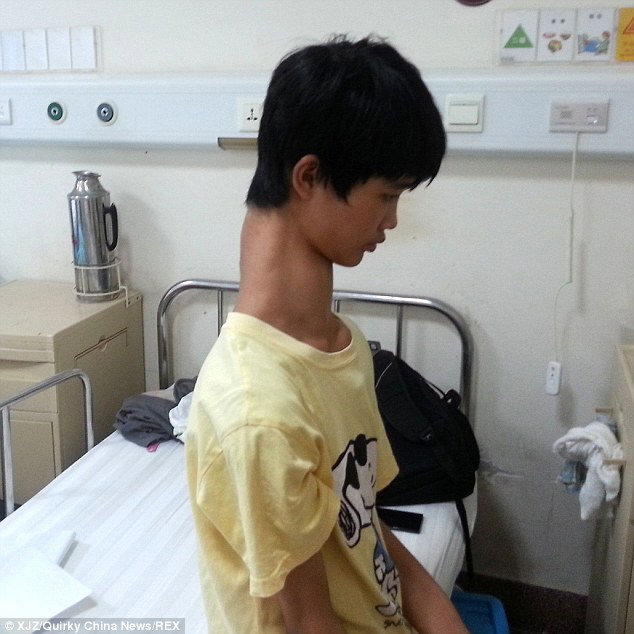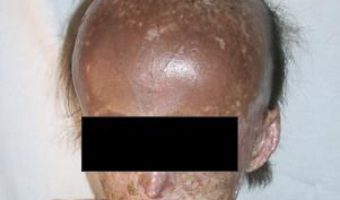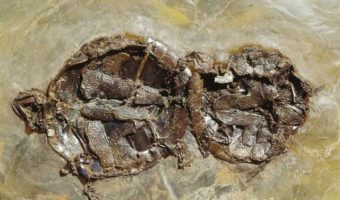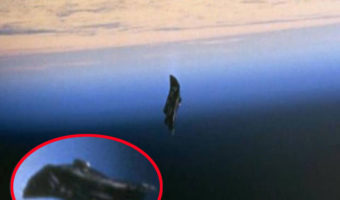This Chinese Kid With An Unusually Long Neck Is Suffering From Rare Spinal Deformity
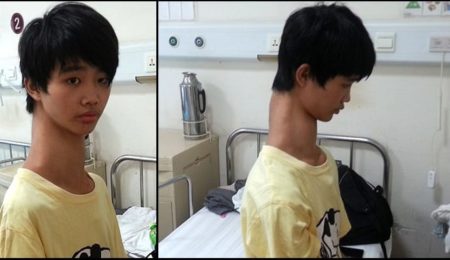
Fu Wengui is a 15-year-old boy from Beijing, China, who would have been just like any other teenager had it not been for the ten vertebrae in his neck; ideally, a person should have seven. The three extra vertebrae in Wengui’s neck have led to him having an unusually long neck, causing him great pain and difficulty in movement, due to the extra vertebrae compressing his nerves. Wengui’s father, Fu Genyou, claims that the pain leads his son to always “cause a stir when he is out.”
At the age of six, Wengui was diagnosed with congenital scoliosis and an abnormal chest frame.
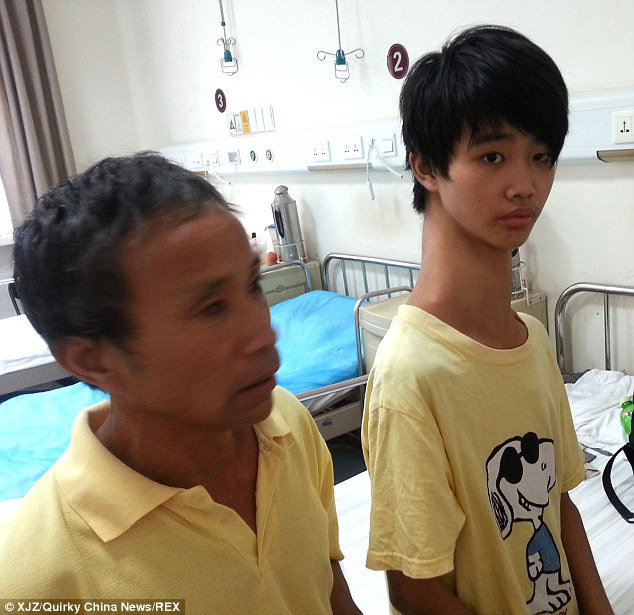
Congenital scoliosis is a condition marked by a sideways curvature of the spine, resulting from vertebrae that are abnormally formed early in development, typically within the first six weeks of pregnancy. Children with this condition often have one or more underdeveloped systems, such as auditory or nervous systems.
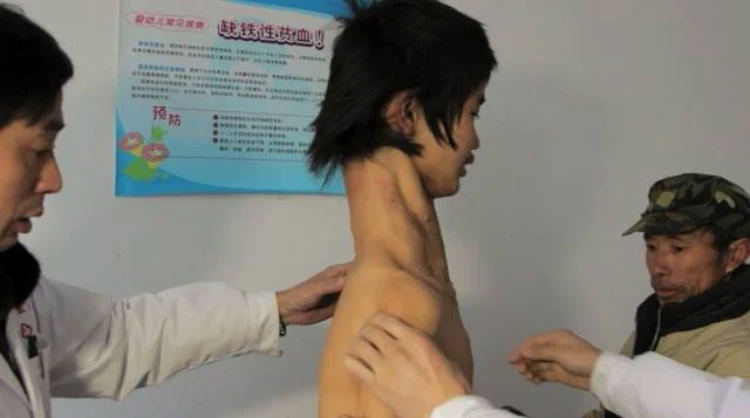

Wengui is preparing for surgery to reduce the size of his neck, with funding from a Beijing charity and under the care of Chaoyang Hospital doctors, who are planning his treatment. Wengui expressed his hope for a “normal neck.”
In addition to the remarkable case of Fu Wengui, the medical world is replete with a plethora of equally fascinating and rare conditions.
1 Mirror Hand Syndrome
Mirror hand syndrome#MedTwitter pic.twitter.com/K920Amcgje
— dr.shubham jirati (@drshubhamjirati) April 23, 2023
Mirror hand syndrome, also known as ulnar dimelia, is a rare congenital disorder characterized by the absence of the radial bone in the forearm and duplication of the ulna, leading to the presence of extra fingers in a mirror image arrangement. This condition can significantly impact the functionality and appearance of the hands, necessitating specialized surgical interventions to improve hand use and aesthetics. Individuals with mirror hand syndrome often require multiple surgeries throughout their lives to address various aspects of the condition, including the removal of extra digits and reconstruction of the hand to enhance its function and appearance.
2 Anonychia Congenita
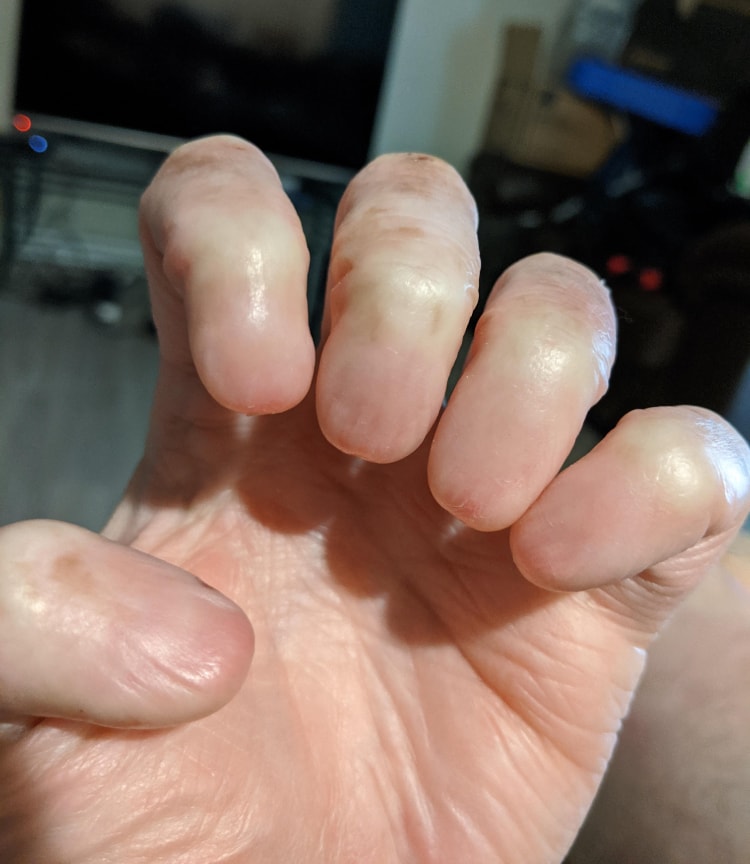
Anonychia congenita is another rare congenital condition, this time affecting the nails. It is characterized by the partial or complete absence of fingernails and toenails at birth.
If you're wondering what's up with my toes, its called anonychia congenita! #weirdfeet #feet #toes pic.twitter.com/nHxTYB739o
— Junkybiz (@JunkybizP) August 24, 2022
This condition can occur either as an isolated anomaly or as part of a syndrome involving other abnormalities. The absence of nails can lead to difficulties with fine motor skills and may also be associated with other dermatological or skeletal issues, depending on the presence of related syndromic conditions. Management of anonychia congenita typically focuses on the care and protection of the nail beds and fingertips, as well as monitoring for any associated conditions that may require attention.
3 Geographic tongue
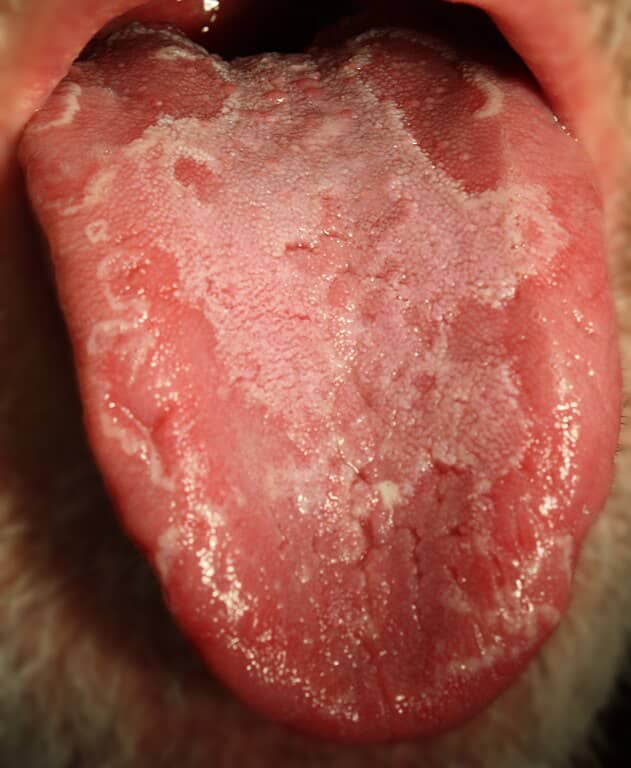
Geographic tongue, also known as benign migratory glossitis, is a noncancerous condition that causes the appearance of smooth, reddish patches on the tongue, often surrounded by white or gray borders. These patches give the tongue a map-like appearance, hence the name “geographic tongue.” The condition is characterized by the loss of papillae (tiny, hair-like projections on the tongue’s surface) in certain areas, leading to the formation of these distinctive patches. While geographic tongue can cause discomfort or sensitivity to certain foods, especially spicy or acidic ones, it is generally considered harmless and does not lead to more serious health issues​​​​.














